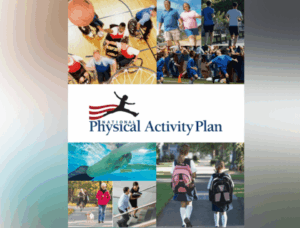Build the internal capacity of the Physical Activity Alliance to lead, scale, and sustain national physical activity initiatives.
Support Will Fund:
- Core staff positions to drive strategy, fundraising, communications, and program execution
- Operational infrastructure including finance, legal, and technology systems
- Ongoing partnership development and stakeholder engagement
- Strategic planning, evaluation, and reporting to ensure impact and accountability
Goal: $500,000 annually | Impact: A strong backbone organization is essential to national movement building. Investment in PAA’s capacity enables all other initiatives to succeed—by ensuring the leadership, systems, and stability needed to coordinate cross-sector action, mobilize funding, and accelerate progress toward a more active, healthier nation.



